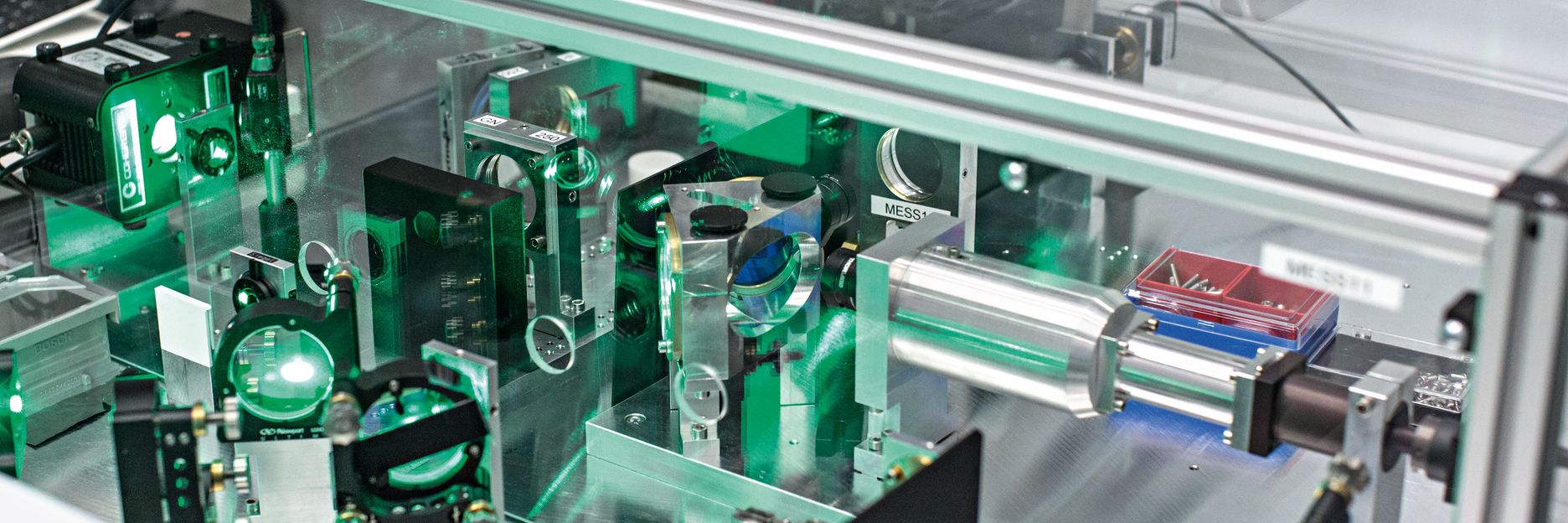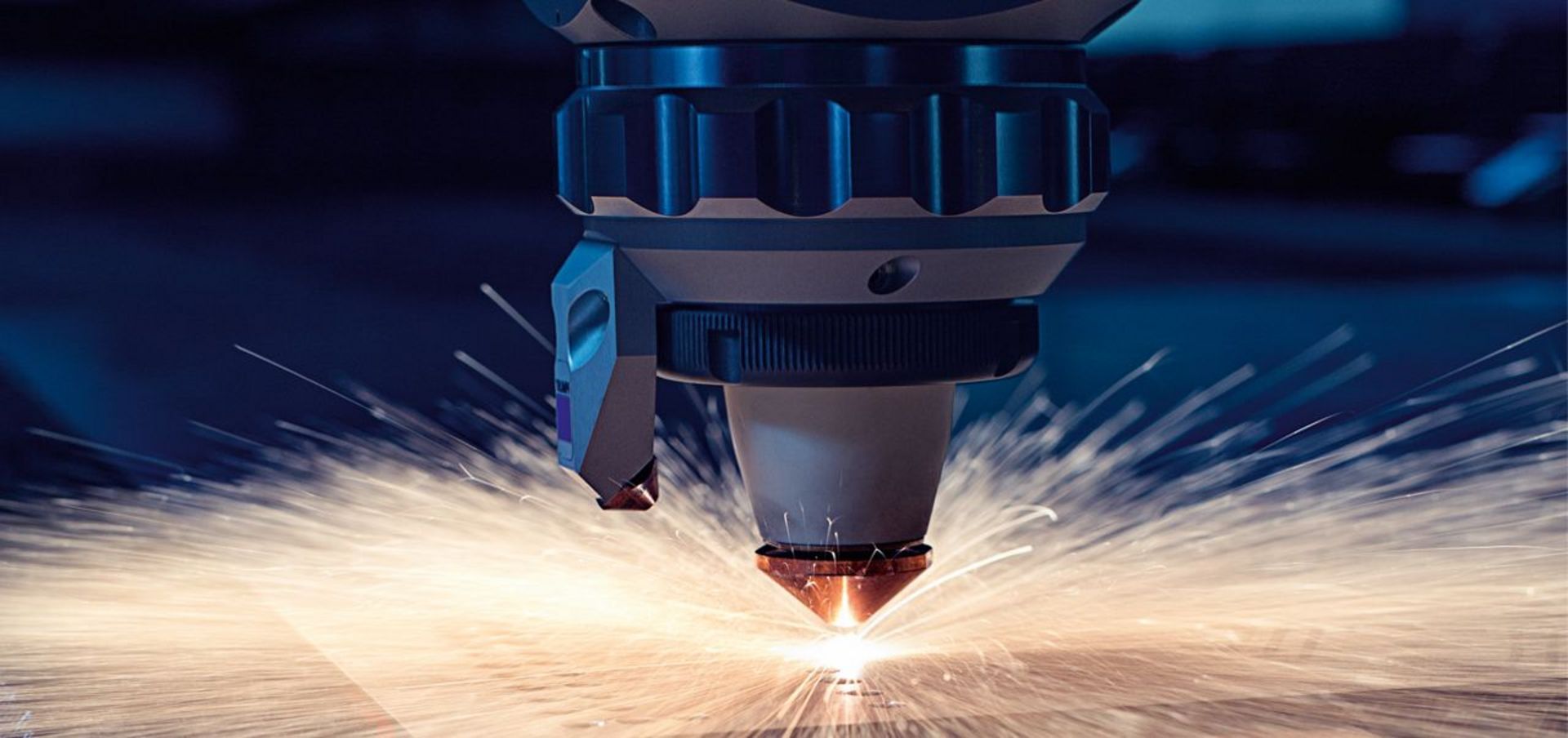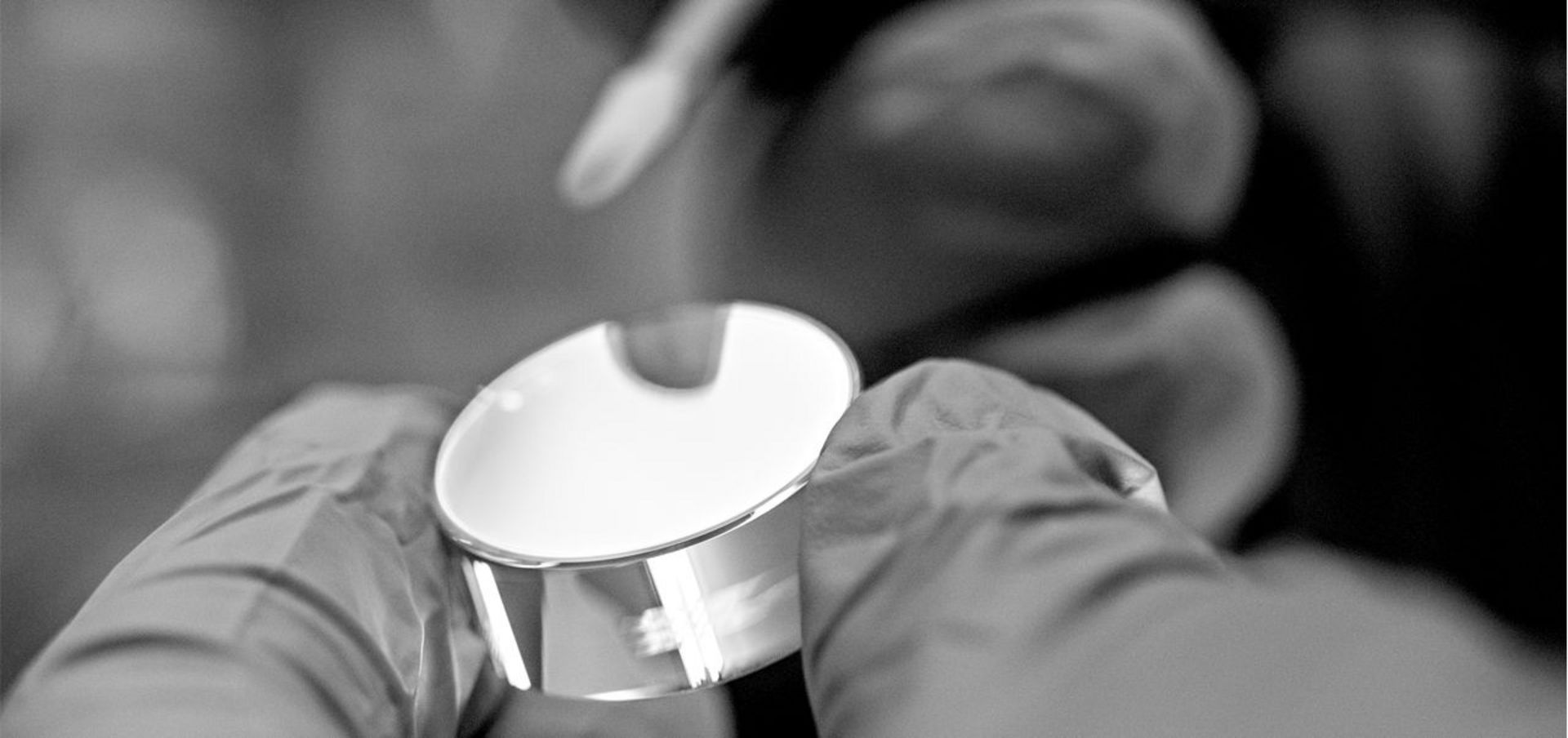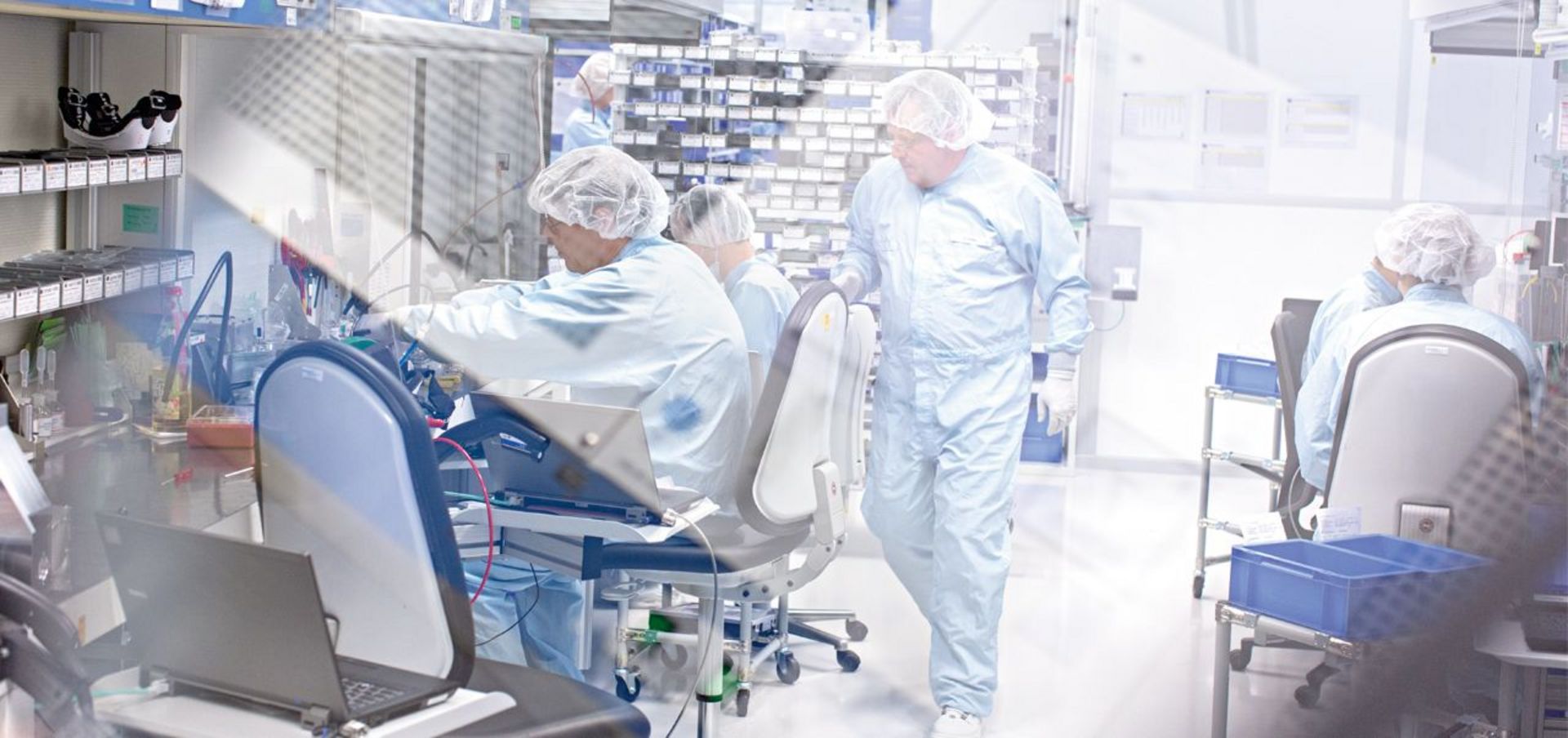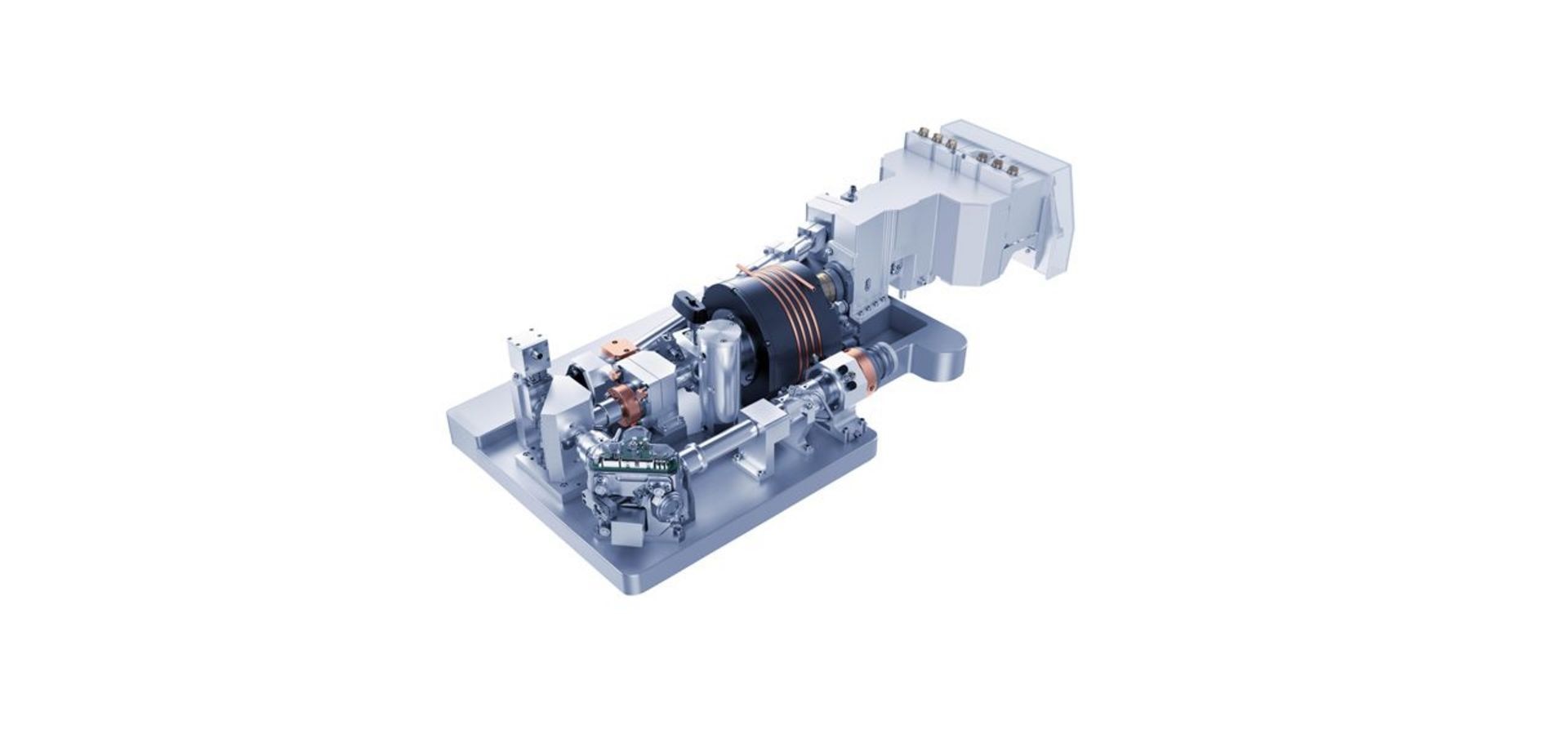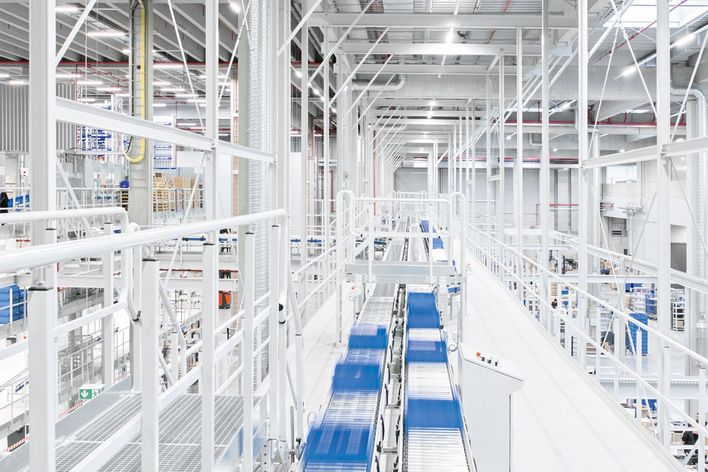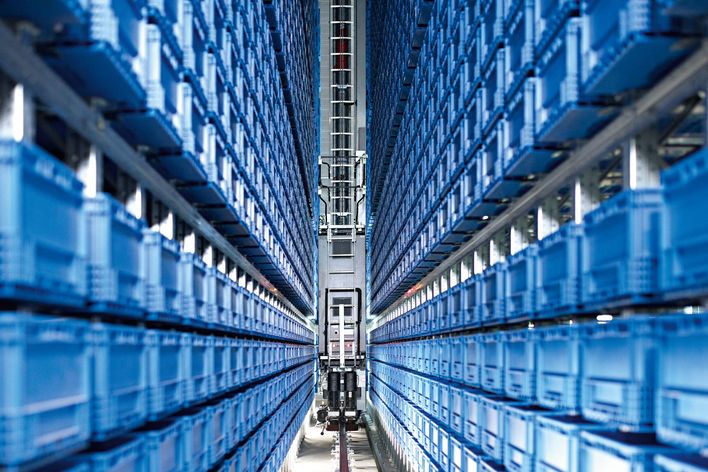Laser material processing has digital bits encoded in its DNA. From day one, numerical control was the only option for engineers wishing to gain mastery over light, and they have since gathered 50 years of experience with this incorporeal phenomenon. This is a huge advantage for those tackling the challenges of the modern world in general and data-driven manufacturing in particular. The laser is a fully mature industrial tool that meets all requirements and can be immediately put to work. It is swift, flexible and direct. Ablation, coating, drilling, cutting, joining, metallurgical transformation, empering glass, and roughening, smoothing or cleaning surfaces: laser light can do it all. There’s no material in the world that laser beams can’t process: glass, plastics, organic compounds, and every type of metal. If smart factories are in their infancy, lasers are already “grown-up.”
Lasers don't care what you ask of them
The trend toward ever more product variants, special editions, personalization and flexible batch sizes has spread to almost every sector of industry. This has driven up the cost of mechanical tools and led to absurdly long retooling times – sometimes longer than the actual production process. Lasers, by contrast, require neither special tools nor retooling. The major automotive companies have long since eliminated all mechanical machining steps downstream from the forming press, such as milling or drilling, and have set up laser stations instead. When designing car doors, for example, the raw body part is cut in such a way that it can be used in the maximum number of different models. In the subsequent processing stages, it makes no difference to the laser whether the angles have to be flatter for the soft-top version or wider holes have to be drilled for the station wagon version. The data package gives the instructions, and the laser executes them immediately. Intelligent scanner optics require nothing more than the data from the 3D simulation software to direct the laser to the right weld spots – without having to be taught. The tool adapts automatically to the workpiece.
Batch size one
Connected manufacturing goes a step further by enabling workpieces to determine how they are to be processed. The laser head meets the workpiece and asks, “What can I do for you today?”.
In tomorrow’s smart factories, each workpiece will bear a data matrix code enabling the system to retrieve information on its planned route through the production plant and what machining operations are required. Transport systems and machining stations are linked into the process. Integrated production systems like this need highly flexible tools that are easy to control, such as the laser. The data matrix codes are applied by a laser marking system, making them clearly legible on any surface, and checked by cameras during the labeling process. These codes also contain other information permitting full traceability throughout the manufacturing process – the beginning of a real smart factory.
3D printing is the culmination
Additive manufacturing based on laser deposition welding or powder-bed 3D printing takes this approach to its ultimate form. As soon as the machine receives a data set, it produces whatever it is asked to do. The engineers’ ideas flow from the design program to the laser machine, where they can be instantly converted into real components: idea -> light -> object. As for part geometry, the engineers have maximum freedom, and can design new lighter, smarter and better parts. These features of laser-based additive manufacturing and 3D printing are the purest expression of data-based manufacturing. When the laser was invented in the 1960s, it was often decried as a tool in search of an application. Now it looks as though it has found its true vocation as a facilitator of the data-based society.

